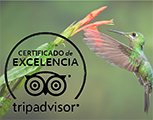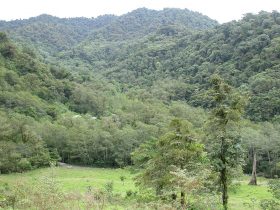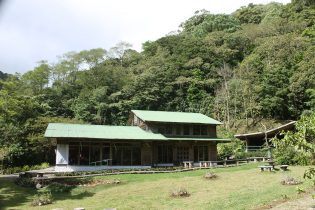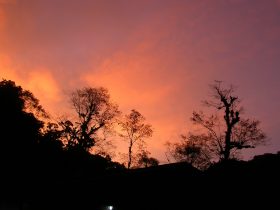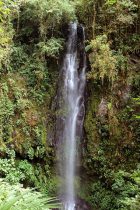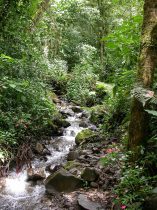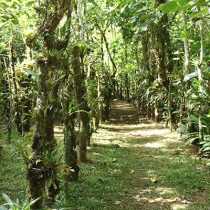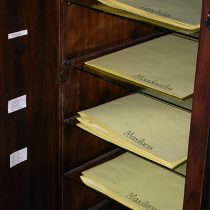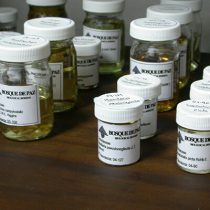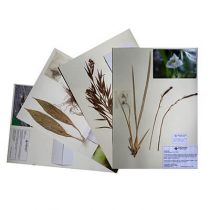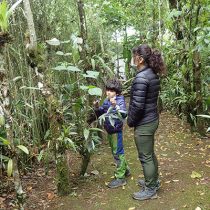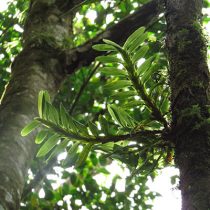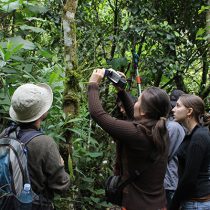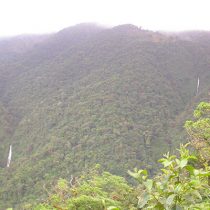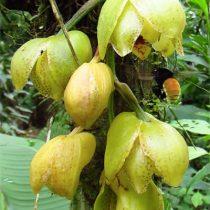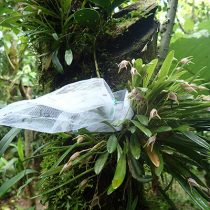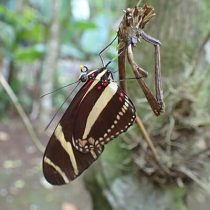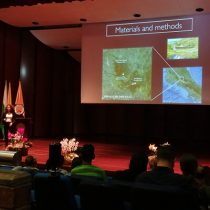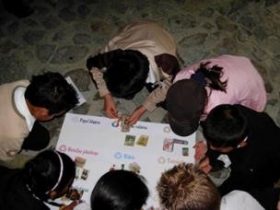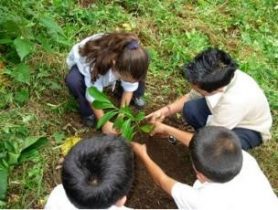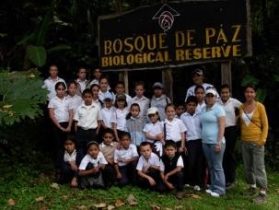In the tropical rainforest, the wind and heavy rains cause many branches to break and fall to the ground, carrying many epiphytic plants, among them, orchids. In 2000, a garden was created in Bosque de Paz to relocate those epiphytic orchids that were found fallen on the trails of the Reserve, which survival is limited by the lack of light and high humidity. In 2004, the garden was officially inaugurated with the name “Dr. Stephen H. Kirby Orchid Garden”, in honor of the great enthusiasm of this American geology doctor and recognition of his important contribution to the project, both intellectual and economic. His insight into the research, conservation and ecotourism potential of Bosque de Paz in the orchid field has been a huge boost to the project.
During the first years since 2004, Melania Muñoz was in charge of collecting, describing, documenting, and identifying the species of the Garden, to have knowledge of which species are living in the area and to project to the visitors the great diversity of orchids that exist at Bosque de Paz Biological Reserve. After Melania, also Adam P. Karremans, Christina M. Smith, Melissa Díaz Morales, and Noelia Belfort Oconitrillo have worked in charge of the project, the latter in charge of the project since 2016. In this way, and thanks to the invaluable collaboration of Dr. Stephen Kirby and the González-Sotela family, an uninterrupted long-term orchid survey and data collection have been maintained, with the creation of the herbarium and flower spirit collection for each orchid species, detailed descriptions of all the species, high- quality photographs and scans of whole and dissected flowers, pollinaria images, photographs and scans of the capsules, and recording of pollination events. Around 2011 arose the necessity to make the information generated through the Orchid Conservation Project more accessible to a wider audience, that is how Orchid Flora was born.
Currently, the list of orchids in the Reserve amounts to ca. 230 species of which three have been described as new to science, thus contributing to the increase of species diversity for the flora of Costa Rica. However, constant study of certain species complexes, within genera such as Stelis and Pleurothallis (subtribe Pleurothallidinae) and Epidendrum (subtribe Laeliinae) could result in newer records for the Reserve, as well as other species new to science.
The Orchid Conservation Project has three pillars: conservation, research and education.
